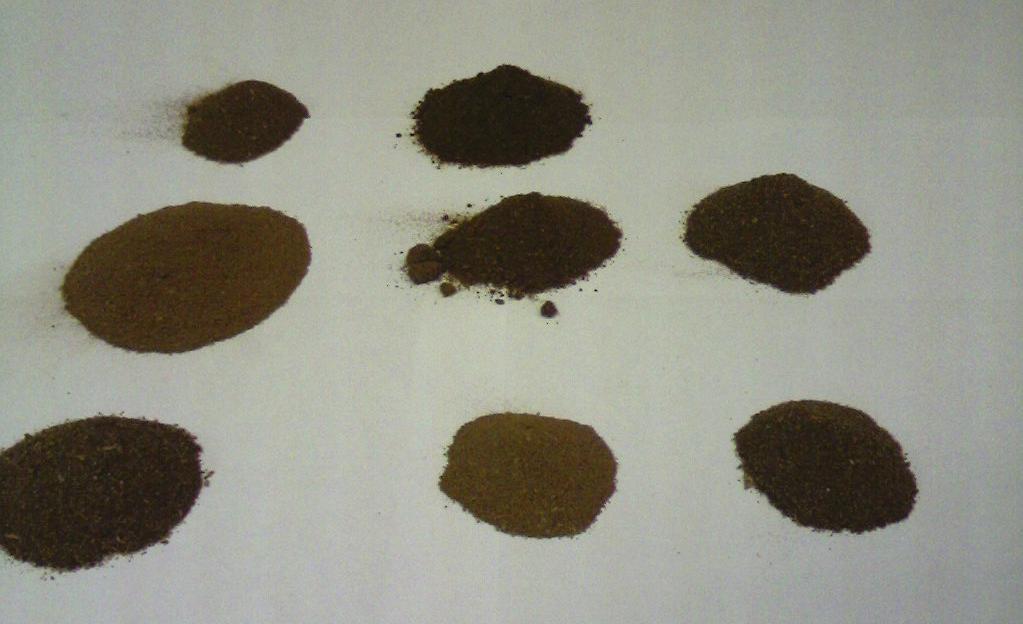Error loading player: No playable sources found
3554793
Lignin valorization: Old and new lessons
Date
April 5, 2021
Related Products
Enhancement of waste fines/PLA composites by deashing modification
Three-dimensional (3D) printing through fused filament fabrication (FFF) is a promising and material-efficient technology…
High-performance lignin-based PU foam synthesized from a multi-component biopolyol system
Polyurethane foams (PUFs) are widely used as soft foams for sound adsorption panels and rigid foams for insulation materials due to their advantages such as adjustable mechanical properties, low density, excellent corrosion resistibility, and high porosity. PUFs are composed of soft (e.g…
Enhancement of waste fines/PLA composites by deashing modification
Three-dimensional (3D) printing through fused filament fabrication (FFF) is a promising and material-efficient technology…
Fully renewable vitrimers prepared from lignin
Vitrimers is a novel polymer material rapidly developed over the past decades. The reversible crosslinked network in vitrimers endows strong mechanical performance and recyclability at certain conditions, leading to a new approach to reusing polymers at end-of-life…



